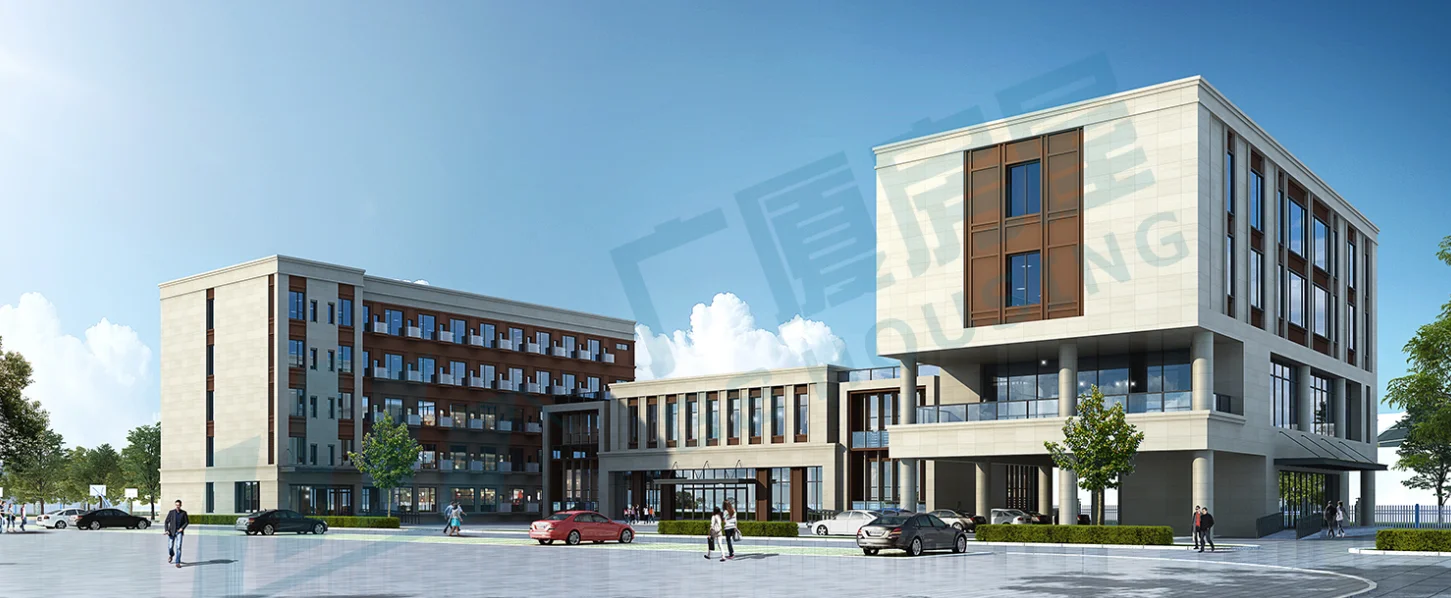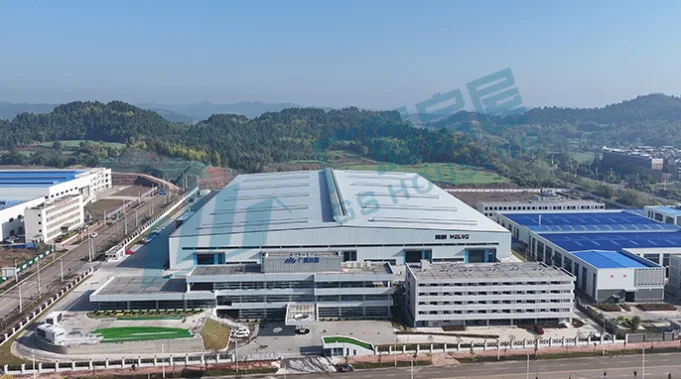Why Schools Are Turning to New Modular Classrooms for Adaptive Learning
Why Schools Are Turning to New Modular Classrooms for Adaptive Learning
Walk into almost any city school today and you’ll notice a common theme: space is tight, timelines are short, and budgets are always under pressure. Traditional brick-and-mortar buildings, while sturdy, often take years to deliver. By the time they are ready, student numbers may already have shifted. That’s why more education authorities are turning to modular classrooms—not as a stopgap, but as a smart, long-term solution.
What Makes New Modular Classrooms Appealing for Schools
Faster Construction Timelines With Minimal Disruption
Anyone who has tried to renovate an active campus knows the headaches: dust, noise, and blocked hallways. Modular classrooms cut down on all that. Because 70–80% of the work is done in a factory, schools get new buildings delivered and assembled on site in weeks, not years. In Shenzhen, for example, GS Konut installed new teaching blocks during a summer break—students came back in September to fresh classrooms with zero disruption to lessons.

Cost Control And Predictable Project Budgets
Budgets in education are tight. One appeal of modular classrooms is the ability to forecast costs with more accuracy. Factory production reduces waste by up to 70%, meaning fewer surprises for school boards. Instead of bracing for cost overruns, administrators can plan their spending years ahead.
Standardized Quality With Flexible Design Options
Modular buildings might initially appear as ordinary boxes, but GS Housing’s prefabricated container houses are actually pre-installed with wiring and pre-embedded water pipes at each corner. Every unit undergoes rigorous quality checks before leaving the factory. Yet the layout remains remarkably flexible: individual modules can serve as classrooms, while multiple units combined could create laboratories or even sports arenas.
How Do Modular Classrooms Address Space Challenges
Scalable Solutions For Growing Enrollment
When a school in Hebei saw student enrollment jump unexpectedly, it added extra GS Housing modular classrooms within two months. Instead of turning students away, the campus simply scaled up.
Double Storey Configurations Saving Land Space
Urban schools rarely have open fields for expansion. Modular systems stack easily—up to three stories in many cases—which allows schools to expand vertically without eating into playgrounds.
Portable Units Relocated As Needs Change
Enrollment doesn’t always grow forever. The beauty of modular classrooms is that they can be disassembled and moved. If a school in one district shrinks, the units can be transported to another area in need, saving public resources and keeping buildings in use.
Why Are Modular Classrooms Suitable For Modern Teaching
Smart Integration Of HVAC And Power Systems
Today’s classrooms need reliable climate control and tech-ready infrastructure. GS Housing modules are designed with built-in conduits, smart wiring, and HVAC slots. That means schools don’t need to cut walls later just to add projectors or charging stations.
Comfortable Learning Spaces With Natural Light
Factory precision allows for larger windows, proper insulation, and good airflow. Teachers often comment that students are calmer and more focused when the room doesn’t feel stuffy or artificial.
Adaptable Layouts Supporting Group Or Individual Study
Education today is more than rows of desks. Some lessons need breakout groups, while others require quiet study corners. Modular classrooms allow partitions, movable walls, and reconfigured layouts—far easier than knocking down walls in concrete buildings.
How Do Schools Benefit From GS Housing Modular Products
Flat Packed Container Houses As Flexible Classrooms
GS Housing’s düz paket konteyner evleri are delivered and assembled with remarkable speed. These structures boast fire resistance, earthquake resilience up to magnitude 8, and wind resistance rated at level 12. Schools receive safe, durable classrooms that feel permanent rather than temporary.
Expandable Units Offering Quick Space Expansion
For schools expecting fluctuating enrollment, expandable units can literally unfold into larger spaces on site. Imagine a kindergarten hall that doubles its capacity overnight—this is where expandable modules prove their worth.
Proven Projects In China And International Markets
GS Housing has completed school projects across China, including middle schools in Hebei and kindergartens in Hangzhou. Their international experience in education and emergency rescue also reassures clients that the company can deliver on time even under challenging conditions.
What Role Do Modular Classrooms Play In Emergency Situations
Temporary Learning Spaces After Natural Disasters
Floods, earthquakes, and mudslides have forced children out of schools before. After the Wenchuan earthquake, GS Housing delivered modular classrooms to restore education quickly. Students had safe, warm places to continue learning while permanent rebuilding took place.

Reusable Structures Supporting Community Continuity
Unlike tents or makeshift shelters, modular classrooms can be reused again and again. After serving as temporary schools, they can later become clinics, gymnasium, or offices.
How Do Modular Classrooms Contribute To Sustainability Goals
Reduced Waste With Factory Based Production
In traditional construction, 30% of landfill waste often comes from building debris. Factory production slashes that number, recycling leftover steel.
Energy Saving Materials And Insulated Panels
Some GS container houses have insulation effect and airtight finish. This not only improves safety but also keeps classrooms cooler in summer and warmer in winter, reducing energy bills.
Long Lifespan With Recyclable Steel Structures
These are not “throwaway” buildings. With a service life of over 20 years and recyclable steel frames, modular classrooms match sürdürülebilirlik targets that many education boards now publish.
Why Are New Modular Classrooms A Long Term Investment
Durable Structures Meeting Safety Standards
GS Housing modules are tested to national standards, with proven resistance to seismic and wind loads. Parents and teachers don’t want temporary sheds—they want safety.
Lower Maintenance Compared To Temporary Shelters
Because finishes are installed in factory conditions, there are fewer leaks, cracks, or electrical issues. Schools spend less time calling maintenance teams and more time focusing on education.
Future Proof Campuses Ready For Expansion
A school built with modular classrooms can expand or shrink with community needs. That flexibility makes them a long-term asset, not just a short-term fix.
FAQs
Q1: Are modular classrooms just temporary buildings?
A: Not at all. GS Housing classrooms are designed for 20+ years of use, with steel frames, fireproof walls, and insulation. They can serve as permanent school facilities.
Q2: How quickly can a school get new modular classrooms installed?
A: Fast can be within a week, depending on the size. Many schools schedule it during the holidays.
Q3: Do modular classrooms feel different from traditional ones?
A: Students and teachers often say they feel brighter and more comfortable because of natural light, good insulation, and modern layouts. The difference is usually positive.



